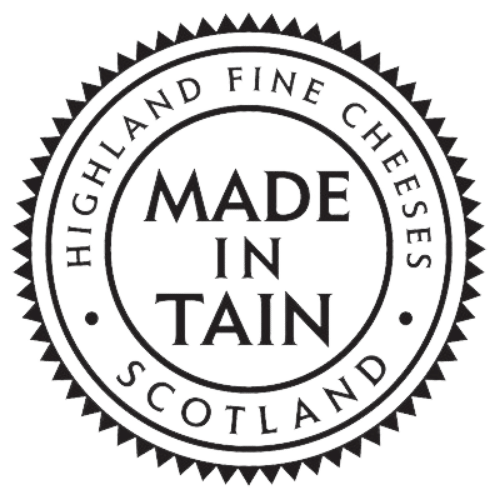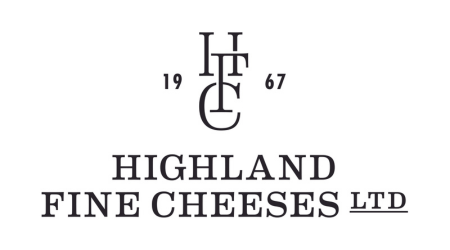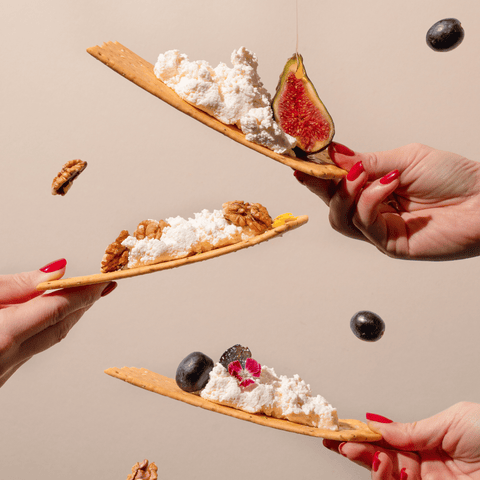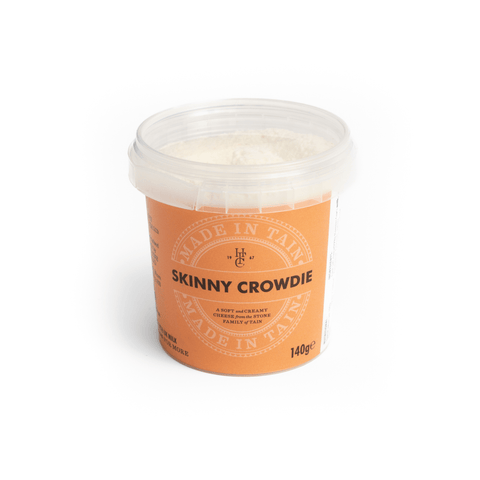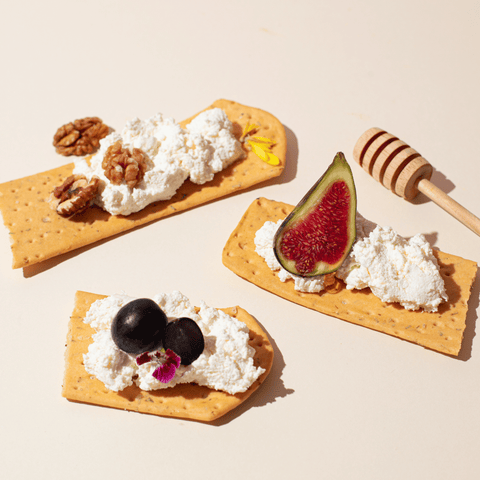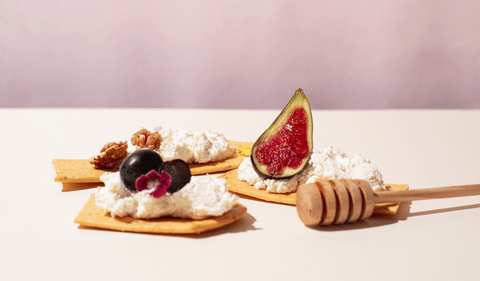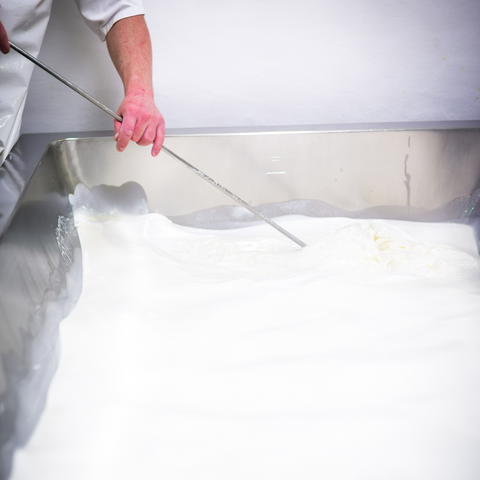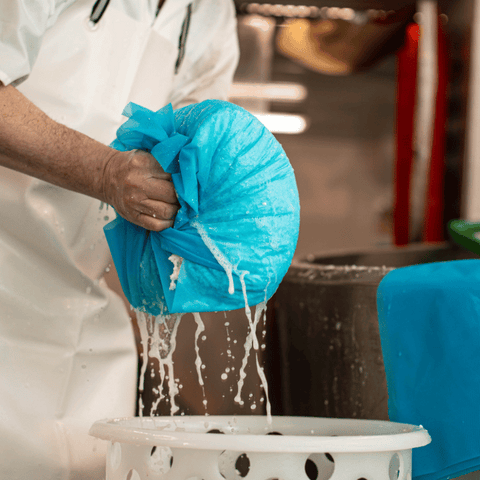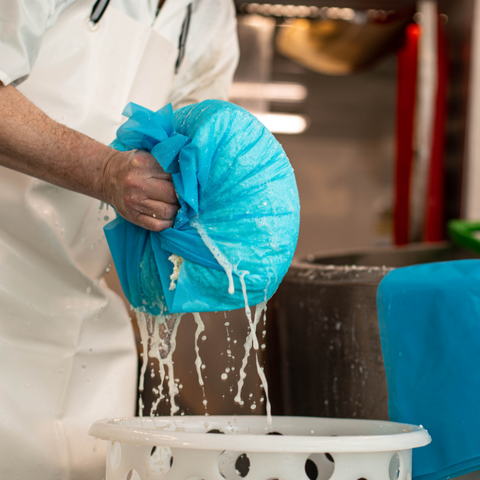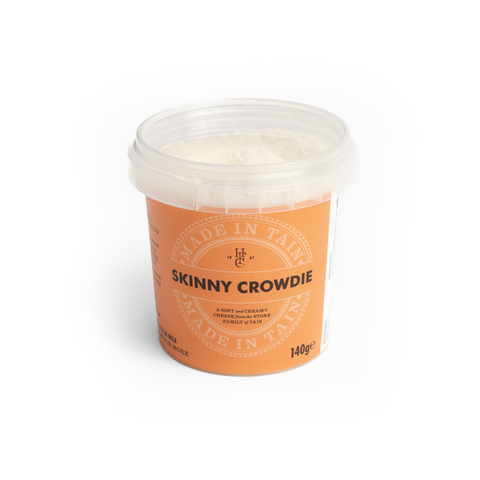SKINNY CROWDIE
Where to buy Crowdie Cheese?
Our own Skinny Crowdie and Black Crowdie cheeses, which are made in the Scottish Highlands; Tain, Scotland. Are sold throughout the UK in both supermarkets, farm shops and delicatessans. We're working on a full list of suppliers and as we gather then we'll showcase them here on our Stockists Map.
If there isn't a supplier near to you yet - then you can purchase online on our website. We deliver across the whole of the UK on a Next Day Delivery service with Royal Mail Tracked 24hr. Get in touch with us at hello@hf-cheeses.com if you have any questions or you can view our Shipping Policy here.
If you're interested in being a trade stockist and would like to open a trade account, jump onto our trade website for more information.
